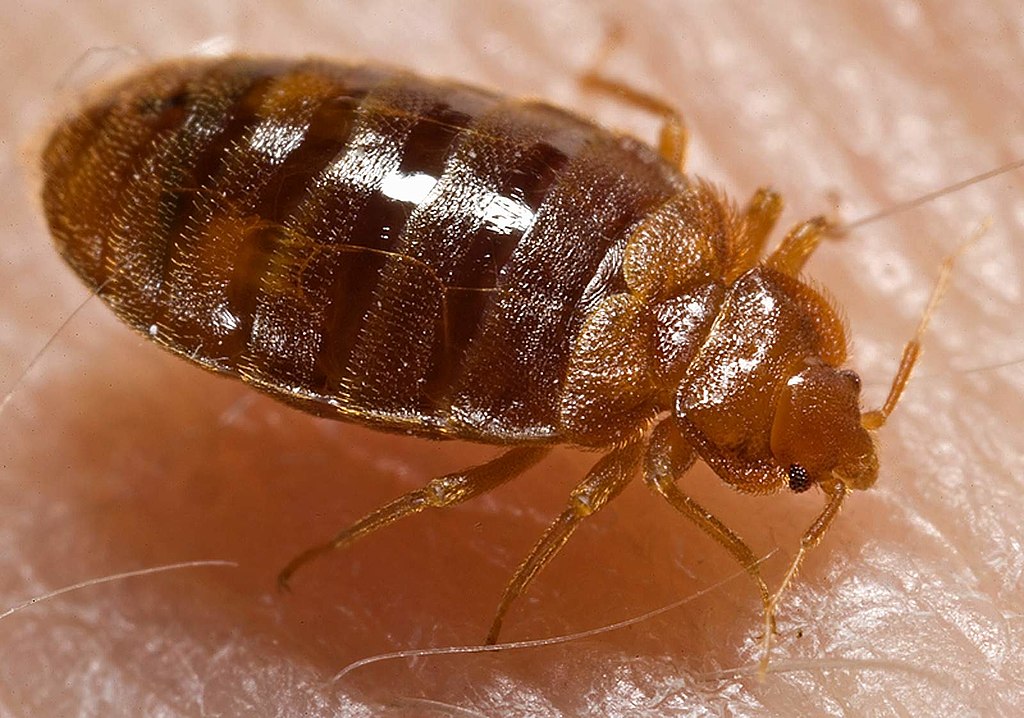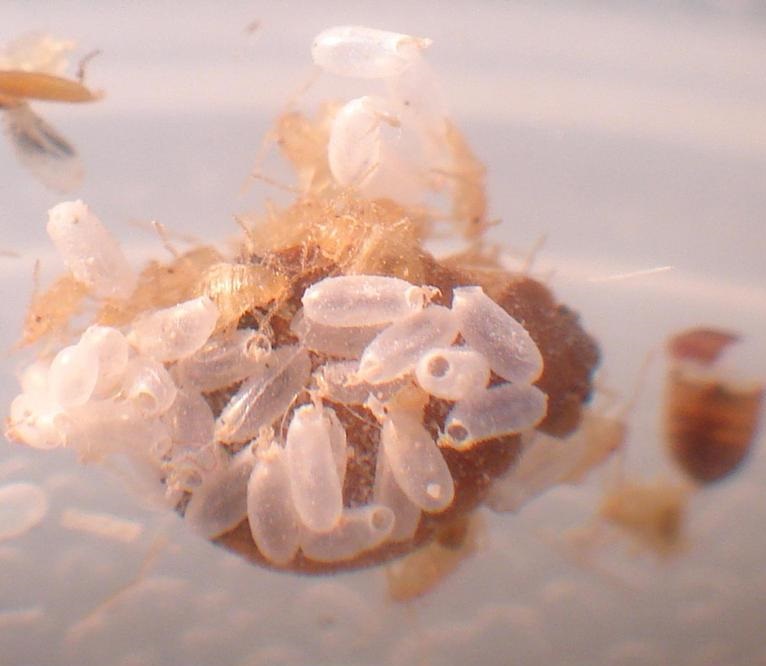Bed bugs are some of the most difficult pests to eliminate. To many people, moving away may be the only option. But what if you bring the bed bugs to your new home – making your move pointless? Here are some tips to avoid bringing bed bugs with you when moving.
Why you don’t want bed bugs in your new home
- They can thrive beyond your mattress. A common myth about bed bugs is that they only live in beds, but nothing can be further from the truth. Bed bugs can thrive in a lot of areas in your home, including fabrics, furniture, and walls.
- Getting rid of them is not that easy. Bed bug infestations may be hard to eliminate because of how bed bugs are able to thrive in a variety of spots. Many times, calling a pest control professional is the only way to eliminate them. They are not simple pests you can easily eliminate with an insecticide or two.
- They can bite you. Bed bugs are not known to spread diseases. But this doesn’t mean they can’t be a health risk. Bed bug bites can cause itching, pain, and swelling. They can also lead to allergic reactions, infections, and other conditions like anxiety and sleep deprivation.

How to avoid bed bugs when moving
1. Make sure your new home is free of bed bugs
- Look for the signs of a bed bug infestation. All your efforts of avoiding bringing bed bugs with you will be worthless if your new home already has bed bugs in it. Look for the common signs of a bed bug infestation before even thinking about moving in. Look for live bed bugs, bed bug carcasses and eggs, black or brown smear marks, and musky smells in rooms.
- Alert the right people if you discover an infestation. If you do discover an infestation, inform the landowner, real estate agent, or any other authority handling the property. It’s not just their legal obligation to provide a pest-free home for your money. It’s also their moral obligation. They can hire a pest control professional to get rid of the existing infestation before they let you move in.
2. Inspect all the furniture you are bringing with you
- Remember that bed bugs can thrive in a lot of places. Bed bugs are not very picky about where they hide. They can thrive in furniture, especially those that have cracks, gaps, and holes where they can snuggle in. Wooden furniture pieces are particularly vulnerable because of wear and tear. Give particular attention to wooden bed frames, cabinets, chairs, desks, drawers, and nightstands.
- Be careful of secondhand furniture. If you are planning to buy secondhand furniture pieces for your new home, heavily inspect them first before paying for them. Yes, some furniture shops don’t check or disinfect the pieces they are selling, so it’s up to you to inspect. Look for the following signs – live bed bugs, bed bug carcasses and eggs, and black or brown smear marks. Give particular attention to cracks, gaps, and holes when inspecting.
3. Wash all clothes and linens
- Use a high-temperature setting if possible. Bed bugs can thrive in fabrics too, especially those that are often undisturbed like curtains and old clothes. You should wash all fabrics to kill all the bed bugs and eggs that may be in them. These pests die in the washing machine via drowning and heating. As much as possible, use a high-temperature setting in your washing machine just to be sure you are killing off every last one of the pests.
- Dry clean those that can’t be washed. Take the fabrics that can’t be washed to the dry cleaners. If you are sure these fabrics have bed bugs and eggs in them, inform the dry cleaners. They deserve to know that you are bringing pests to their business area. If you can’t find dry cleaners that accept fabrics with bed bugs, the least you can do is to spray these fabrics with insecticides. Make sure to separate them too from your other fabrics when you pack.

4. Pack your belongings in plastic bags
- Sanitize all items you can’t wash. Put all your belongings in clear plastic bags. The idea here is to separate those that are known to be infested from those that are not. The wrappers also protect your belongings from bed bugs that may have made it to your luggage. However, you may have items that you can’t really wash, like small appliances and books. Spray them with insecticides or consult a pest control professional to know how to handle them better.
- Sort all items by type. This tip won’t directly help you avoid bed bugs when moving, but it’s just good advice to anyone who is transferring to a new home. It will be much easier for you to pack and unpack items when you sort items by type. Be more meticulous when sorting fabrics to minimize the risk of spreading bed bugs. Separate clothes you regularly use, clothes that are just often in your wardrobe, and linens.
5. Take a bath before leaving
- Wrap your used clothes in a separate plastic bag. You should not forget about yourself. You may have live bed bugs with you too even though bed bugs are not likely to thrive in moving objects. Before you go to your new home, take a bath and separate your used clothes from all the other fabrics you have packed. If you have pets, give them a bath too.
- Check your luggage. Bed bugs can thrive in the bags you are using to transport your belongings. Check the bags first before putting your plastic bags inside. Give particular attention to corners, folds, and zippers. Bed bugs like to hide in these spots.
Avoid bed bugs when moving
You deserve a fresh start in your new home. You won’t get that if you don’t even try to avoid bringing bed bugs with you when moving. The great thing about these tips is that they are not very technical. You don’t need deep knowledge to be able to wash fabrics and separate them in plastic bags. The process may be a little time-consuming, but it’s definitely worth it if it means you can have a new home free of bed bugs.

